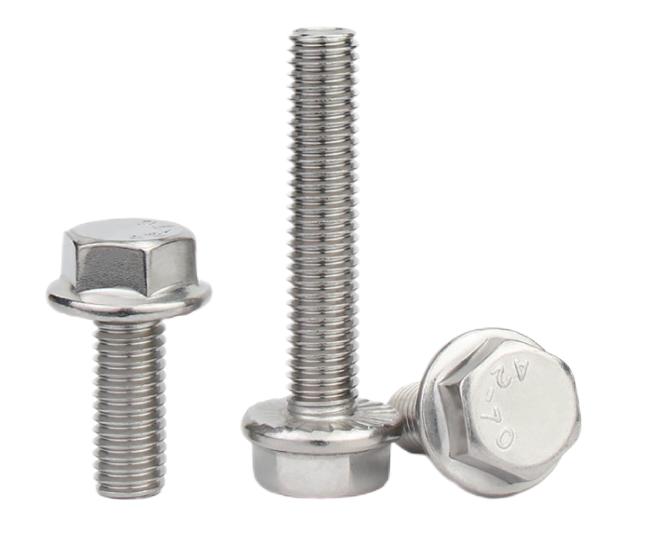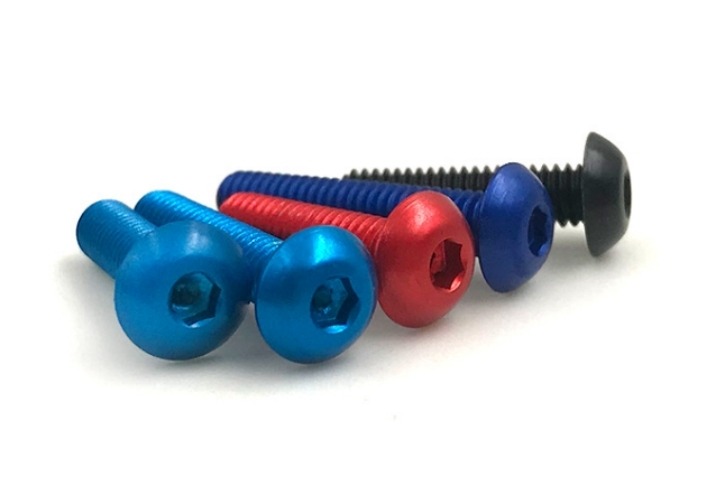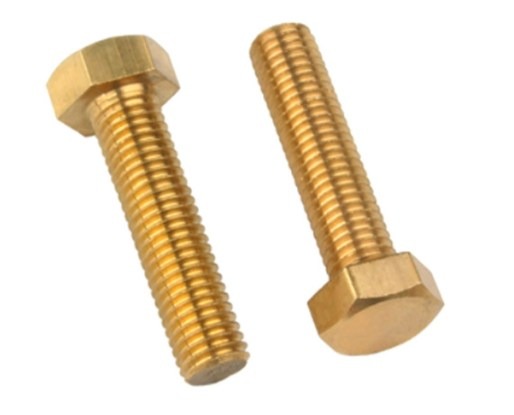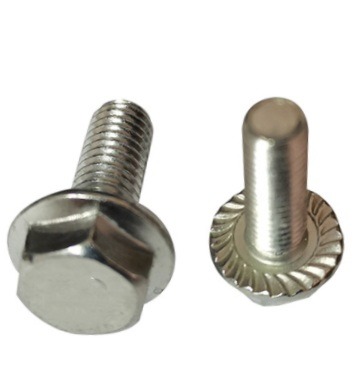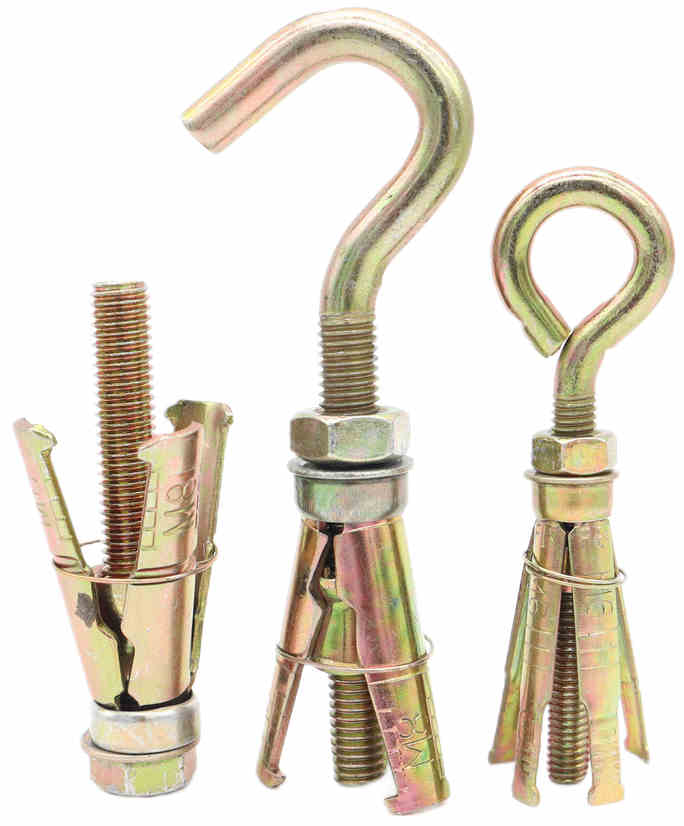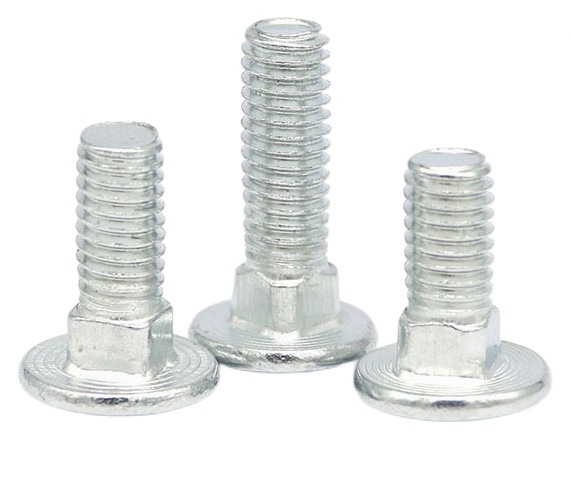What Are the Factors Affecting Bolt Fatigue Strength?
As bolt is a typical multi-notched part, bolt fatigue strength will be obviously affected by many factors such as the size, structure, material, and manufacturing process. Firstly, we need to know what is the fatigue strength and fatigue failure.
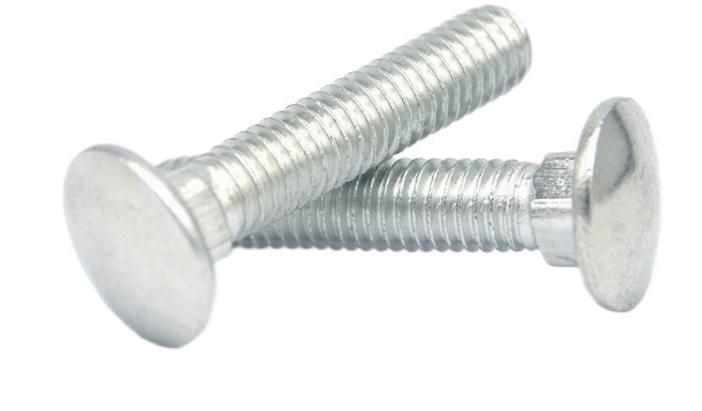
Learn More About What is Fatigue Strength and Fatigue Failure
Fatigue strength refers to the maximum stress of material under infinitely many alternating loads without failure, also known as fatigue limit.
For mechanical parts such as shafts, gears, bearings, blades, and springs, the stress at each point in the working process changes periodically with time. This stress that changes periodically with time is called alternating stress (also called cyclic stress). Under the action of alternating stress, although the stress on the part is lower than the yield point of the material, the phenomenon of cracks or sudden complete rupture after a long period of work is called metal fatigue.
Fatigue failure is one of the main reasons for the failure of mechanical parts. According to statistics, more than 80% of the failures of mechanical parts belong to fatigue failure. Moreover, there is no obvious deformation before fatigue failure, so fatigue failure often causes major accidents.
Therefore, for shafts, gears, bearings, blades, springs and other parts subject to alternating loads, materials with better fatigue strength should be selected to manufacture.
What Are the Characteristics of Fatigue Failure Strength?
1. It has the characteristics of suddenness, locality, and sensitivity to the environment and defects.
2. Because it is not easy to be discovered in time, it is easy to cause accidents.
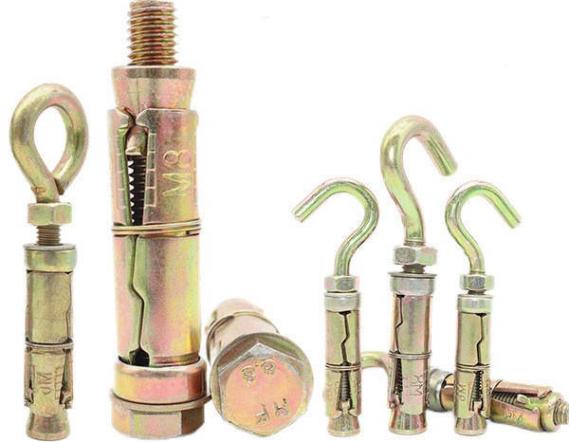
What Are the Factors That Affect Bolt Fatigue Strength?
1. The Surface Quality of the Thread
1. The smaller the surface roughness of the material, the smaller the stress concentration and the higher the fatigue strength. As the surface roughness of the material increases, the fatigue limit decreases.
2. Under the same roughness, different steel grades, and different manufacturing methods have different degrees of fatigue limit reduction. For example, when the thread is M6-1.0 40CrNiMo steel bolt, when the roughness changes from 0.08-0.16 to 0.63-1.35, the fatigue strength decreases by 33%. For bolts with M1.2-1.5 thread, when the surface roughness changes from 0.08-0.16 to 0.16-0.32, the fatigue strength decreases by 21%.
3. Grinding, shot blasting and rolling, etc. on the surface of the material. can improve the fatigue strength of the material.
2. Influence of the Thread-rolling Process
1. Roll-pressing thread will produce a deformation-strengthening layer and high residual compressive stress, which can effectively prevent the initiation and early growth of fatigue cracks.
2. Roll-pressing thread will reduce the surface roughness of the valley, which is beneficial to improve the fatigue strength of the bolt.
Note:
- If the thread is roll-pressed and then heat treated, the above favorable factors will disappear. Therefore, from the perspective of improving the fatigue performance of the bolt, the thread should be roll-pressed after heat treatment.
- The hardness of bolts, especially high-strength bolts, is usually higher after heat treatment, which may reduce the life of the thread-rolling die.
- If the quality of the thread rolling is not good enough, micro-cracks or peeling phenomena similar to contact fatigue are generated on the surface or root of the thread, the effect of improving the fatigue performance of the bolt is not obvious, and even the fatigue performance will be reduced.
3. the Distance Between the End Face of the Nut and the Thread
Testing has shown that the closer the nut face is to the threading location, the earlier the failure of the bolt will result.
4. Defects in the Material Itself
Some bolts are not machined after cold heading or cold drawing, so the surface defects of the raw material remain on the surface of the finished part. And it is easy to become a source of fatigue cracks, resulting in early fatigue failure.
5. Thread Valley Shape
When the bolt is stressed, a stress concentration occurs at the thread valley, and its value depends to a large extent on the shape of the valley. Change the shape of the valley, such as the smoother the valley groove of the thread, the smaller the stress concentration and the higher the fatigue strength.
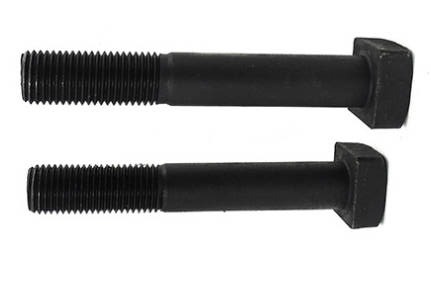
KENENG can manufacture all kinds of bolts, including square head bolts, round head bolts, anchor bolts and more. Please feel free to contact us for a quote for the bolts you would like to purchase.

